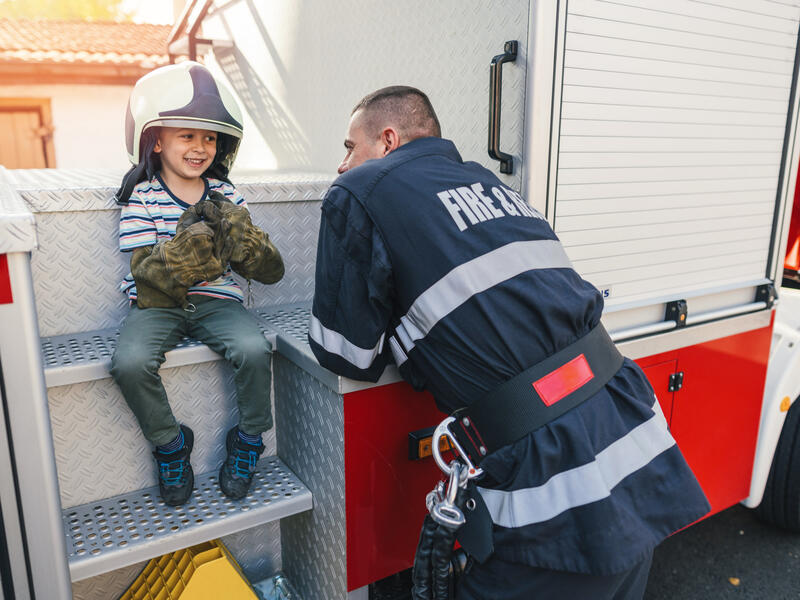Daylight saving time ends Nov. 5, 2023. This means it’s time to change your clocks. It’s also a great time to change the batteries in your smoke detectors and carbon monoxide alarms.
It’s recommended that you change the batteries in these safety devices every six months at the same time every year. Having working smoke detectors and carbon monoxide alarms is one of the easiest, least expensive ways to keep your family members safe.
Where to put smoke detectors and carbon dioxide alarms
Install smoke detectors and carbon monoxide alarms throughout your house following these suggested guidelines:
Smoke detector installation
- The placement of smoke detectors depends on the layout and size of your home.
- Install one detector on each floor, one near the kitchen (but not within 10 feet of the stove), one in each sleeping area and in hallway areas.
- A smoke detector should be placed on the ceiling or high on a wall.
- It’s best to use interconnected smoke alarms. When one alarm sounds, they all sound.
Carbon monoxide alarm installation
- Install carbon monoxide alarms on each level of your home near sleeping areas and near attached garage entry points.
- Carbon monoxide alarms are not needed in attics or basements unless these areas include a bedroom.
- Follow the manufacturer’s instructions for placement and mounting height for a carbon monoxide alarm to be most effective.
- It’s best to use interconnected carbon monoxide alarms. When one alarm sounds, they all sound.
Test your smoke detectors and carbon monoxide alarms
Parts of smoke detectors and carbon monoxide alarms can wear out over time. Test these devices monthly to ensure they are still working.
Smoke detector testing
- To test a smoke detector, press and hold the test button. It can take a few seconds to begin; a loud ear-piercing siren should sound from the smoke detector while the button is pressed. If the sound is weak or nonexistent, replace your batteries.
- Check a smoke detector if it is giving off false alarms or emitting short beeps regularly without anyone touching it.
Carbon monoxide alarm testing
- Before testing, if a carbon monoxide alarm is connected to a home security company, put the alarm in “test” mode.
- To test a carbon monoxide detector, hold down the test button until you hear two beeps sound off. Once you hear these beeps, release your finger off the test button.
Another safety practice to review with your family every time the clock changes is your home fire exit plan — just one more simple way to help ensure your family’s safety.
Learn more
- Keep kids safe: The ABCs of childhood injury prevention
- Toddler’s throat healing after swallowing button batteries
- Daylight saving time: These tips ease health effects
…
Posted In Children's, Family Medicine, Healthy Living, Parenting
